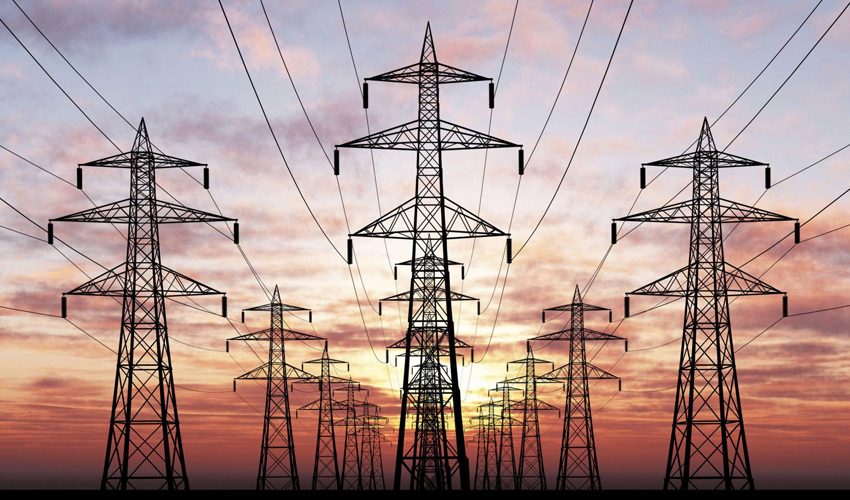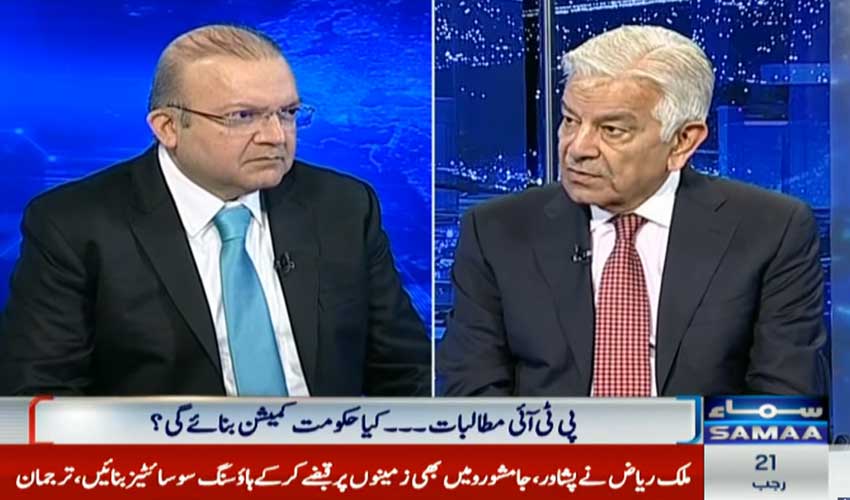Global oil prices are on the verge of reaching $100 per barrel this year which is a milestone not seen since 2023 began.
This unexpected surge of nearly 30% since June can be traced back to production cuts by major players like Russia and Saudi Arabia, coupled with increasing demand especially from China.
Rise of brent crude
Brent crude, the global benchmark for oil prices, has recently hit its highest point in a decade and almost touched $94 per barrel.
This remarkable rally comes after it dipped to just $72 per barrel in June.
Notably, it's set to mark its most significant quarterly increase since the Ukraine crisis.
WTI crude follows suit
West Texas Intermediate (WTI), another key oil grade, has mirrored this impressive climb. Its price has surged from a modest $67 per barrel to a noteworthy $90 per barrel over the same period.
Both Brent and WTI benchmarks have experienced an approximately 4% increase in just a week.
Production cuts and global impact
Saudi Arabia's decision to extend daily production cuts by 1.3 million barrels until year-end, along with Russia's efforts to reduce output to boost prices, has played a pivotal role in this surge.
This coordinated strategy among OPEC+ nations aims to push oil prices closer to the $100 per barrel mark.
Challenges and supply shortages
The International Energy Agency (IEA) has issued a warning about a potential significant supply shortfall.
This is primarily due to the ongoing production cuts led by Saudi Arabia and Russia which has intensified concerns about persistent oil price volatility.
IMPACT ON PAKISTAN
Trade balance, CAD
Pakistan heavily relies on imported oil to meet its energy needs. As oil prices rise, the cost of importing oil also increases.
This can widen the trade deficit and contribute to a larger current account deficit (CAD).
This situation puts pressure on the country's foreign exchange reserves and can lead to a need for external borrowing.
Inflation
Higher oil prices often translate into increased costs for transportation and energy production.
Fiscal challenges
As fuel prices rise, the government may face difficulties in maintaining subsidies on petroleum products.
Subsidy reductions can be a politically sensitive issue and may lead to public protests and social unrest.
Economic growth
Elevated oil prices can pose challenges to economic growth. Increased energy costs can affect various sectors of the economy, such as manufacturing and transportation
It potentially leads to reduced economic activity and job losses.
Exchange rate
Pakistan's exchange rate can be influenced by changes in the global oil market.
If the country faces a larger trade deficit due to higher oil import costs, it may put pressure on the Pakistani Rupee, leading to depreciation against major currencies.



























